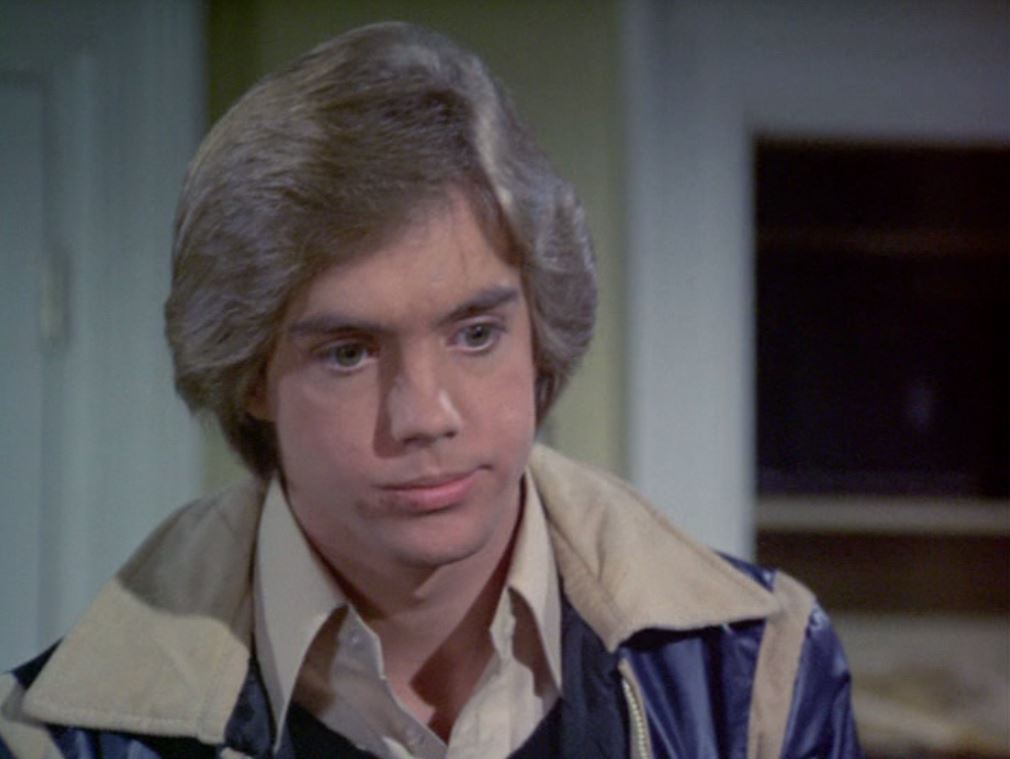
A Youthful Plea Drenched in Melancholy and Innocence
When Shaun Cassidy released his rendition of “Hey There Lonely Girl” in 1977 as part of his debut album Shaun Cassidy, it became one of the touchstones of his meteoric rise during the late ’70s teen idol craze. While the track didn’t reach the chart-topping heights of some of his other singles—most notably “Da Doo Ron Ron,” which hit No. 1 on the Billboard Hot 100—“Hey There Lonely Girl” nonetheless showcased a more tender and emotive side of Cassidy, aligning him with the legacy of blue-eyed soul balladeering while carving a distinct space within a nostalgic wave of pop reinterpretations.
Originally made famous by Eddie Holman in 1969, where it soared to No. 2 on the Billboard Hot 100, “Hey There Lonely Girl” is a song drenched in vulnerability—a falsetto-driven lament reaching out to a woman who’s been emotionally wounded, promising healing through love. Cassidy’s choice to cover the track wasn’t merely a commercial calculation; it was a strategic nod to an earlier era of romantic pop, an effort to bridge generational gaps even as he catered largely to teenage audiences. In doing so, he wrapped Holman’s passionate pleading in a fresh-faced gloss—his voice gentler, less seasoned by heartbreak, but no less sincere.
What makes Cassidy’s interpretation notable is its emotional duality: it is both mature in its sentiment and adolescent in its delivery. This juxtaposition turns the song into more than just a cover—it becomes an expression of youthful longing filtered through the prism of an older soul’s wisdom. Unlike Holman’s soaring falsetto, Cassidy offers a smoother, boyish tone that tempers the desperation with sweetness. The arrangement is faithful yet softened, replacing some of the drama with dreaminess, creating a version that feels as if it’s being whispered through bedroom walls rather than shouted from city rooftops.
Lyrically, “Hey There Lonely Girl” remains devastatingly direct. “Don’t you know this lonely boy loves you?” Cassidy croons, transforming Holman’s original ache into something more innocent but still profoundly felt. The song speaks to anyone who’s ever tried to pull someone back from the ledge of heartbreak with nothing but affection and hope. It’s not just about mending someone else—it’s about projecting your own need to matter, to heal by being the healer.
In this light, Cassidy’s version serves as both homage and personal statement. It reflects the late 1970s’ cultural yearning for sincerity amidst shifting musical tides. Disco was booming; punk was emerging; yet here was a young artist leaning into tenderness, mining emotional truths from an earlier pop era. In doing so, Shaun Cassidy reaffirmed something timeless: that love songs—true love songs—transcend trends when sung with conviction and heart.
And in “Hey There Lonely Girl,” he didn’t just perform a classic—he embodied its aching soul with boyish charm and timeless yearning.